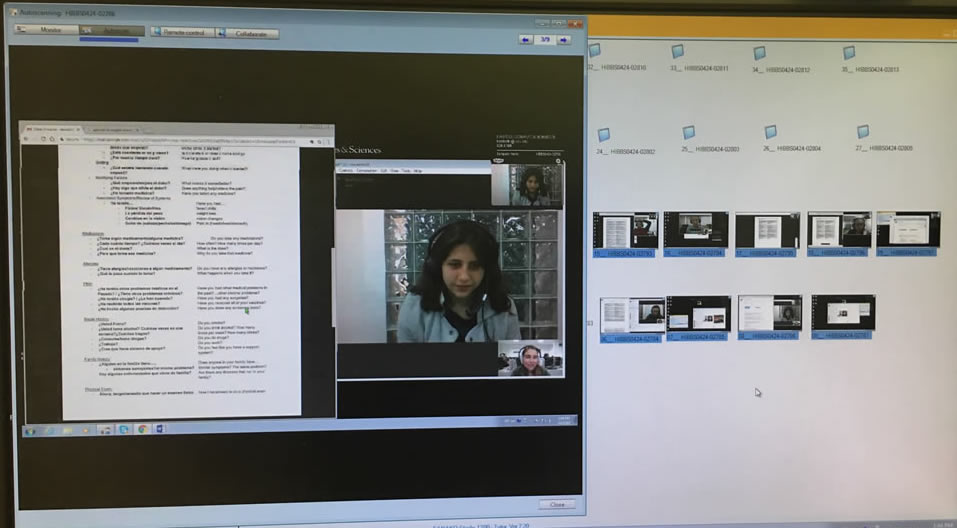



Use of Film and Media to Teach Language and ESL
As a foreign language teacher, I find that cinema, language, and social justice themes provide the right blend of instructional components, delivered via the colorful lens of cinema, and explored by learners collaboratively with peer-to-peer interactions and project-based group work. This custom formula worked for me as a Spanish language instructor at the college level. The film content provided compelling material for learners to explore real-world problems. The collaborative group activities gave students the opportunity to discuss these issues with their peers develop critical skills, social responsibility, and personal empowerment.
Film and media can be used as aids for teaching and learning foreign languages. The functionality of digital media players allows viewers to pause, rewind, and fast-forward content with auto-generated closed captions, subtitles, and tools for slowing down audio without affecting the pitch. Films are viewed outside of class. Students are provided with theme-based vocabulary sets and a one-page handout with the instructions for navigating the discussion with a peer learner.
Through spirited critical discussions about the film themes, learners can express their understanding of the story, the characters, and the issues presented. The repetitive use of terms and abundance of cognate words make vocabulary-building in the course manageable.

Instructional Technology
The use of instructional technology can greatly enhance the efficiency and power of language learning lesson plans, project-based activities, and language assessment. ESL instructors would be well served to consider which tools and applications help them implement the optimal interventions to achieve all of the pedagogical objectives. The more teachers explore technology, the more adept they will be at integrating technology in their teaching.